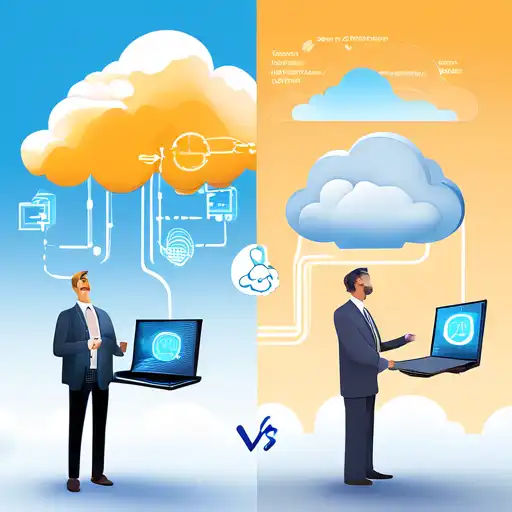Introduction to Edge and Cloud Computing
In the rapidly evolving world of technology, understanding the differences between edge computing and cloud computing is crucial for businesses and individuals alike. Both paradigms offer unique advantages and are suited to different types of applications. This article delves into the key distinctions, helping you make informed decisions for your technological needs.
What is Edge Computing?
Edge computing refers to the processing of data near the source of data generation, rather than relying on a centralized data-processing warehouse. This approach minimizes latency, reduces bandwidth use, and enhances privacy and security by keeping sensitive data closer to its source.
What is Cloud Computing?
Cloud computing, on the other hand, involves the delivery of computing services—including servers, storage, databases, networking, software, analytics, and intelligence—over the Internet ('the cloud') to offer faster innovation, flexible resources, and economies of scale.
Key Differences Between Edge and Cloud Computing
While both edge and cloud computing are pivotal in today's digital landscape, they serve different purposes and are characterized by distinct features.
Data Processing Location
The most significant difference lies in where data processing occurs. Edge computing processes data locally, on the device or at the edge of the network, whereas cloud computing processes data in centralized data centers.
Latency
Edge computing significantly reduces latency by processing data closer to the source, making it ideal for real-time applications. Cloud computing, while scalable, may introduce delays due to the distance data must travel to and from the cloud.
Bandwidth Usage
By processing data locally, edge computing reduces the need for constant data transmission to the cloud, thereby saving bandwidth. Cloud computing, in contrast, relies heavily on bandwidth for data transfer to and from central servers.
Security and Privacy
Edge computing offers enhanced security and privacy by limiting the exposure of sensitive data to the broader network. Cloud computing, while secure, involves transmitting data over the internet, which can pose risks.
Choosing Between Edge and Cloud Computing
The choice between edge and cloud computing depends on your specific needs, including the importance of latency, bandwidth constraints, and data sensitivity. For applications requiring real-time processing and high privacy, edge computing is preferable. For scalable, flexible solutions where latency is less critical, cloud computing may be the better option.
Future Trends
As technology advances, the lines between edge and cloud computing may blur, with hybrid models emerging to leverage the strengths of both. Staying informed about these trends is essential for leveraging the right technology for your needs.
For more insights into the latest in technology, explore our technology trends section.
